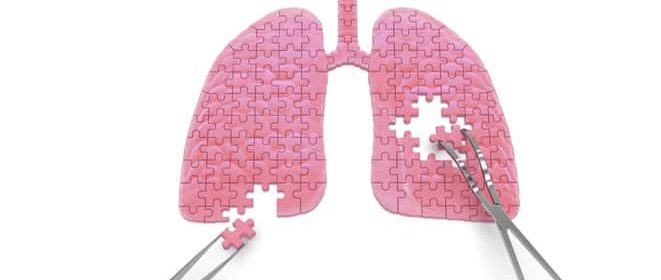Mechanisms that facilitate early infection and inflammation in cystic fibrosis (CF) are unclear. We previously showed that young CF children with secondhand smoke exposure (SHSe) have increased susceptibility to respiratory infections. We aimed to define the impact of SHSe and other external factors upon the fecal bacteriome in early CF.
Twenty CF infants and children were enrolled, clinical data recorded, and hair nicotine measured as an objective surrogate of SHSe. Fecal samples were collected at clinic visits and bacteriome 16S rRNA gene sequencing performed.
SHSe was associated with increased alpha diversity and increased relative abundance of Acinetobacter and Akkermansia, along with decreased Bifidobacterium and Lactobacillus. Recent antibiotic exposure predicted bacterial population structure in children less than 2 years of age and was associated with decreased Bacteroides relative abundance. Age was the strongest predictor of overall fecal bacterial composition and positively associated with Blautia and Parabacteroides. Weight for length was negatively associated with Staphylococcus relative abundance.
SHSe and other external factors such as antibiotics appear to alter fecal bacterial composition in young CF children, but the strongest predictor of overall composition was age. These findings have implications for understanding the intestinal microbiome in young CF children.
© 2020 Wiley Periodicals, Inc.
Age and environmental exposures influence the fecal bacteriome of young children with cystic fibrosis.


